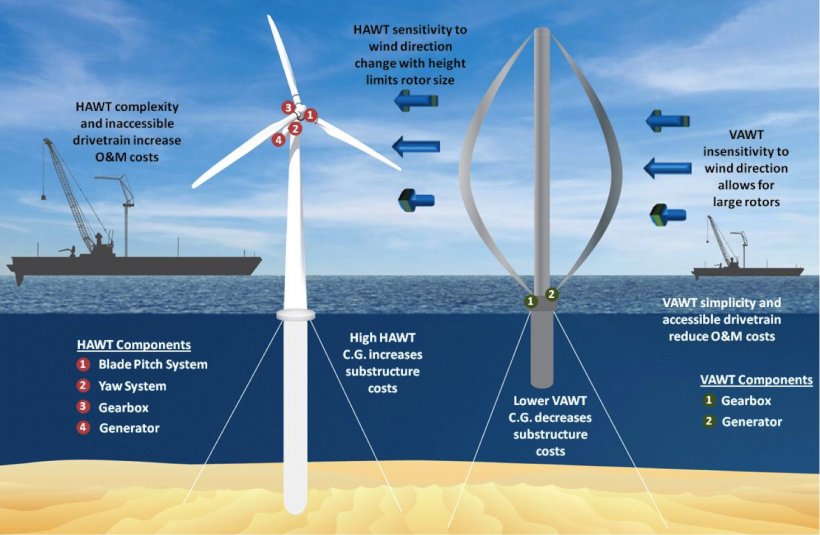Done. It should take a while to propagate to every instance.
Keep in mind tho, this is an unofficial community.
Done. It should take a while to propagate to every instance.
Keep in mind tho, this is an unofficial community.
I think you'd be better off using the Boolean XOR tool from the same Split submenu (if you approach it from the Part menubar in the Part workbench), on your cube and your array, instead of the Slice apart tool.
Then on the resultant XOR object use the Explode compound tool from the Compound submenu.
You'll get a folder with all your sliced parts in it.
I am. :)
Most of the subscribers here are new as well since the recent reddit exodus, I'd say that makes them active.
Indeed. However, they are also very slow (usually around 30 km/h) and more importantly very slow to change that speed (cargo ships starts braking 5-10 km before port). The ships' engines aren't doing a ton of work themselves either, per unit of time.
Work per time is power in physics. A ship like this has an engine of about 100 000 horse power per google, which is about 400 cars' worth of power. And 10th of that is about 40 cars. Which matches thereabouts a huge sail in a strong wind at large altitude in the open ocean like this, I think. Back of the envelope math checks out.
Seems like a false dichotomy to me.
Oh, agreed, personally. There's room for all these technologies, and sometimes even a necessity for only some of them, due to a lack of proper alternatives in some places. And it's not always the same technology. There's no one size fits all answer, for every place on Earth.
This is a debate worth having only in a specific localized context, and not to find some generalized rule imo. I never understood why it had to be either/or.
Correct. That's the main supposed advantage of these vertical axis turbines, in the context of offshore.
The lower center of gravity decreases the size of the submerged substructure and therefore also its costs, and there's also the fact a VAWT doesn't need a yaw system.

Main supposed benefit, aside from the supposed windflow benefits, that is:
Which is both explained in more detail in the OP article, and most definitely put in question as well(!).
But yeah, costs are probably even more important than that:
...the larger scale of offshore wind turbines and improved materials indicate that VAWT designs may have certain advantages and benefits for floating offshore wind energy installations. For instance, VAWT designs have a lower center of gravity, which would reduce the platform costs. From a systems perspective, that could be a huge breakthrough for floating offshore wind, where the platform is the single largest contributor to the system cost," said Brandon Ennis, Sandia's Wind Energy Technologies Department offshore technical lead. "The turbine represents approximately 65% of the system cost for land-based wind plants, compared to only around 25% for deep-water offshore sites.
There are downsides too, it's a numbers game. That's why I'm curious what will the full large scale test by SeaTwirl in Norway show.
¯\_(ツ)_/¯
Can't say I have.
However, I originally made this community back in the day when lemmy.ml was basically the only instance, and have since then moved my account to another instance (2 years ago) specifically for those same reasons of lemmy.ml being... hmm.. politically charged.
I didn't think of moving the community until now tbh, but that's not really something I can do. At most I could sticky a link to another community, or delete this one (which would be overkill imo), but for that to happen there needs to be a different community to begin with and community interest for it to happen. The power's all yours people. It's up to you guys to show interest and initiative. Maybe make a post about this, and check if there's interest, discuss where to move etc, a meta post like this is totally fine here on /c/freecad.
Anyway, on a completely unrelated note, the community image did update after awhile, but in the wrong direction! It was the new logo on slrpnk.net/c/[email protected] for awhile, where my account is, but now I see that when the things synced the old lemmy.ml/c/freecad image overwrote the new one on slrpnk.net/c/[email protected]! I guess I can't change the image as a mod from another instance. I will have to mod my old lemmy.ml account here now to change the image (and hopefully it will stick this time around, assuming it works at all) but I will have to make a bug report on github about this when I find the time.
Sorry for the late reply tho.